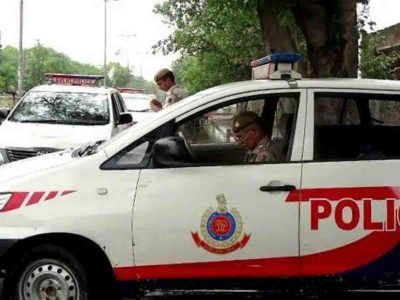A 49-year-old woman with a birth defect of fused kidneys donated one to her husband, who was suffering from renal failure at a private hospital here.
Doctors at the Max Super Speciality Hospital, Saket conducted the kidney transplant, which according to them is the first such recorded case in a living donor.
A horseshoe-shaped kidney, also called renal fusion, is usually a birth defect in which two kidneys are fused or joined together, forming a horseshoe-like shape.
The woman’s 53-year-old husband was diagnosed with an end-stage kidney disease with transplant as the last resort and she offered to be a donor. After preliminary examination to ascertain her eligibility as a donor, it was discovered that she had a horseshoe-shaped kidney, said Dr Anant Kumar, Professor and Head, Department of Urology and Renal Transplant and Robotics at the hospital.
“An otherwise healthy person, even with the condition of her kidney, she qualified to be a donor. After due diligence of the relevant parameters and careful guidance, this complex procedure was done successfully,” Kumar said.
A team led by Kumar performed a robot-assisted nephrectomy (surgical removal of a part or the entire kidney) to harvest half of her horseshoe-shaped kidney.
“We had a dual challenge of not only conducting a successful kidney transplant, but also of meticulously harvesting the kidney, given the donor’s complication. This is the first recorded instance of a horseshoe-shaped kidney donor,” Kumar said.
He said there have been cases where horseshoe-shaped kidneys have been transplanted from brain-dead donors.
Explaining why the procedure was complex, Kumar said the arteries in both the kidneys were interlinked.
“Hence, we decided to do a robotic procedure so that we could do the process with utmost precision, without impacting the other kidney. We were not only able to harvest one kidney but were also able to keep the function of the other attached kidney intact, despite the arteries between them being intertwined,” he added.
(With PTI inputs)





